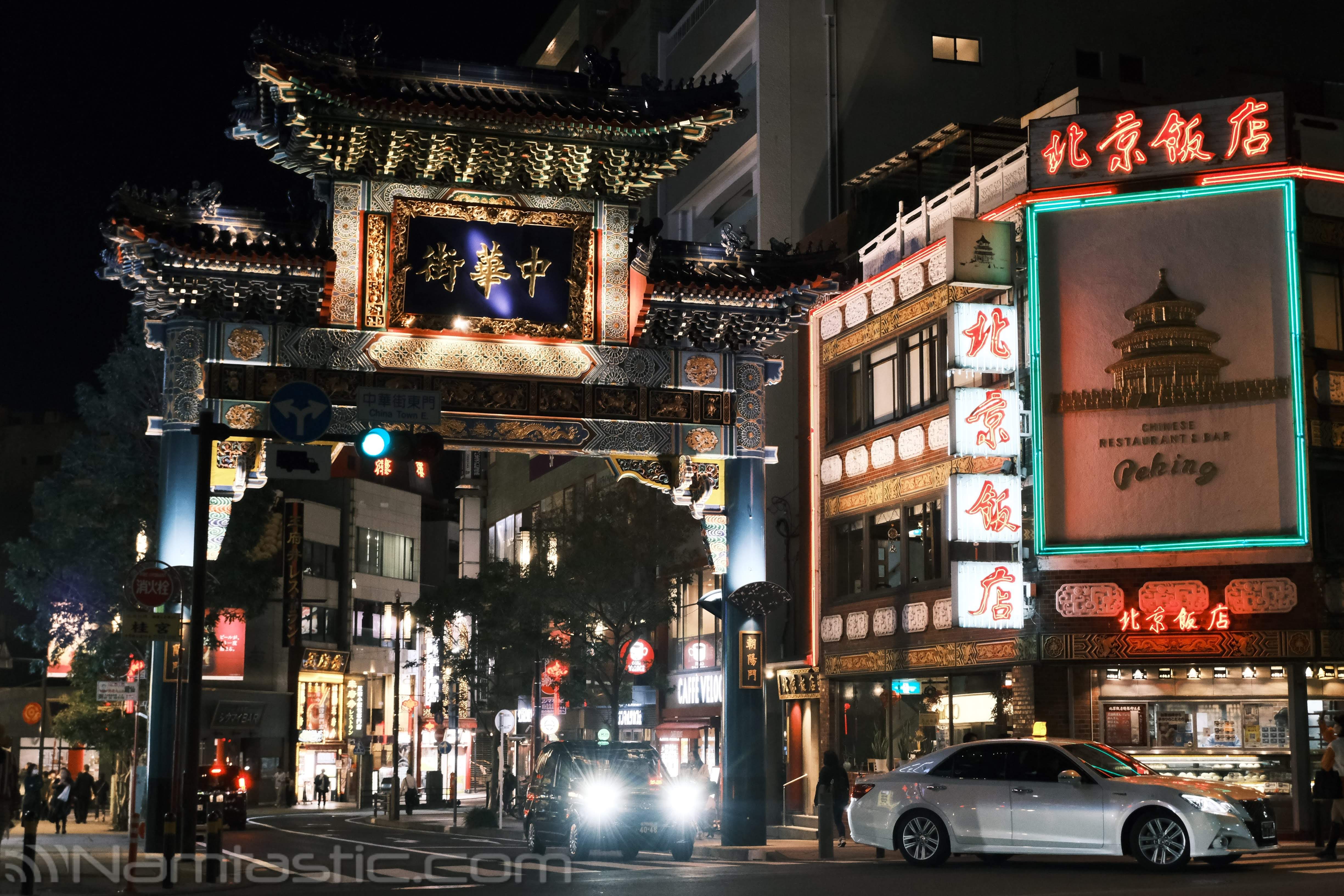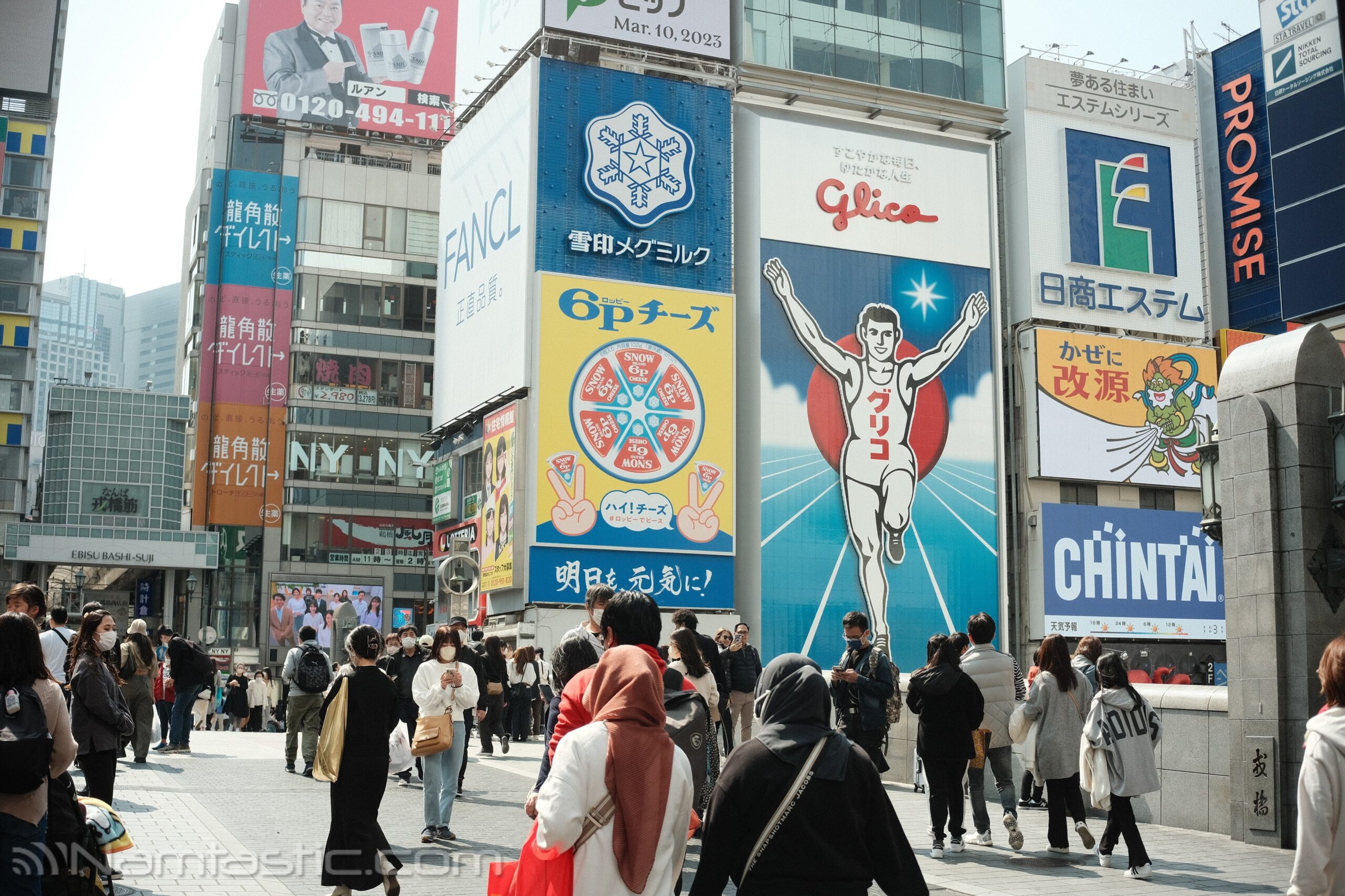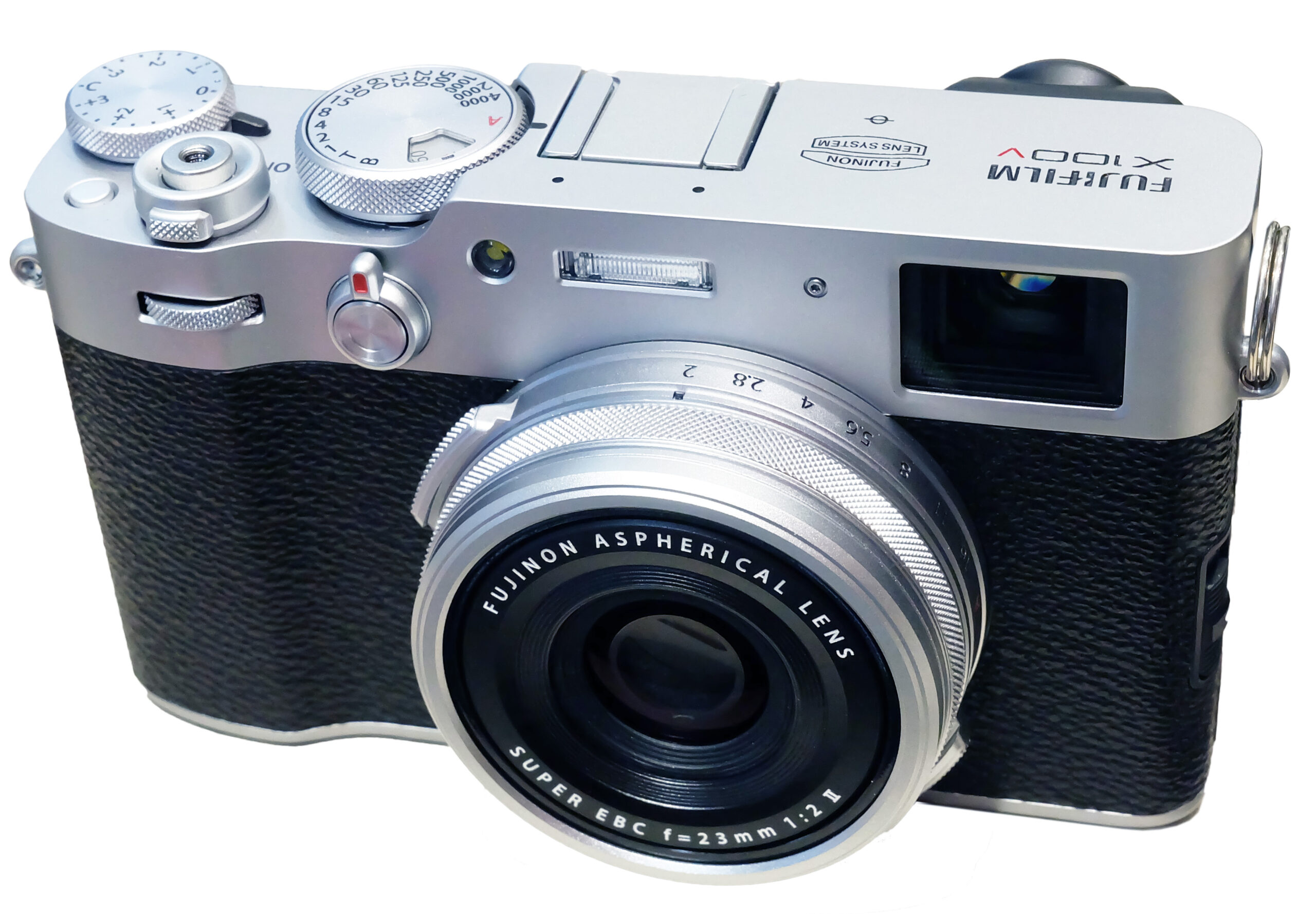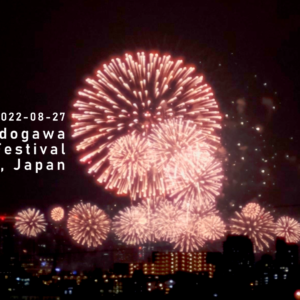Why Not to Buy a Full Frame Mirrorless Camera
Are you an amateur photographer looking to buy a new “Full Frame” mirrorless digital camera? I was about to buy one too, but this is why I chose not to. Don’t get fooled by marketing or influencers on YouTube. If you’re like me, chances are you don’t need a Full Frame Digital Camera.
TL;DR Summary
- Compared to a smaller sensor, a larger sensor will produce higher quality images
- More detail, less noise, better in low light
- Compared to a similar sized sensor with an equivalent lens, the quality difference is only noticeable at the “pixel peeping” level
- Larger sensors come with their own compromises and disadvantages
- Larger photo/video file sizes, more storage space, longer file transfer time
- Larger, heavier, more expensive body and lenses
- To get a marginal improvement in quality that would be unnoticeable on social media, you sacrifice portability, cost, and storage space
- APS-C sensors are the sweet spot with exceptional quality, portability and cost
- With an equivalent lens, there is no “Full Frame Look” or style, the quality of the image is the only difference
A Fear of Missing Out (FOMO)
There are social media influencers and other photographers of all levels giving their own advice to others. One of the pieces of advice I hate the most is “You don’t need a Full Frame camera because you’re a beginner”. This is inevitably followed up with “But I use a Full Frame because I like the look”. The underlying message is “I use Full Frame because I’m better than you, you stick to a smaller sensor so you’ll never be as good as me”. This is so infuriating and enough reason to fork out the cash for a Full Frame camera just so you can say “Now I have a Full Frame, so stuff you!!”
Advice like that gave me the impression that I was missing out on something if I didn’t get a Full Frame camera. The marketing doesn’t help either. After all, they only cost a little bit more, so why buy something inferior? In this article I’ll explain how I overcame my FOMO, understood the facts and made a confident decision not to buy a Full Frame camera.
Full Frame = 35mm
First of all, the term “Full Frame” itself is misleading. A “Full Frame” digital camera has a 35mm image sensor format (about 36mm × 24mm). This is roughly the size of 35mm film, which is for some reason referred to as a “Full Frame” sensor. The next size up is “Medium Format” at about 55mm, but “Medium” sounds smaller than “Full”. I think 35mm really got the best naming deal. I’d like to interchange “Full Frame” by simply calling it “35mm” from hereinafter. Wikipedia has a good reference for 35mm equivalent focal lengths, not Full Frame equivalent.
Digital Cameras with 35mm sensors have advanced significantly in recent years. Until recently, 35mm sensors were so expensive that only professionals could afford them. Entry level 35mm sensor cameras are being aggressively marketed towards amateur consumers with some manufacturers going as far as taking a loss on their camera bodies just to get you into their ecosystem where you are likely to spend a considerable amount on lenses for 35mm sensor cameras.
As an amateur consumer photographer myself, recently I became aware of the marketing of 35mm sensor cameras and it reminds me of the days when marketing was heavily focused on “megapixels”. I was almost sold on buying a new 35mm sensor camera, but after studying the market and getting some very informative advice from a pro photographer friend, I changed my mind and invested into a completely different system.
A History of Marketing
The old “DSLR” Digital Single Lens Reflex cameras have been almost phased out completely in favour of newer “Mirrorless” alternatives that have smaller, lighter bodies and Electronic ViewFinders (EVFs) that show you a more accurate photo preview. Major camera manufacturers like Canon have retired their DSLRs in favour of new mirrorless models.
Do you like taking photos or editing photos? If you like to spend more time taking photos than editing them, a 35mm sensor may not be for you. Technically a 35mm sensor can take higher quality photos with better dynamic range and low light performance. However, this is at the “pixel peeping” level compared to 25mm sensors.
Full Frame (35mm) vs APS-C (25mm)
APS-C stands for Advanced Photo System type-C. It is an image sensor format based on the size of the Advanced Photo System film negative in its C (“Classic”) format, and also equivalent in size to the Super 35 motion picture film format, both which are about 25mm x 18mm. You will often see this sensor size and any other sizes smaller than 35mm sensors referred to as “Crop sensors” because compared to an image taken on 35mm film, the area of the frame is “cropped-in” giving a smaller equivalent photo. This is where the controversy starts. Because the image is supposedly cropped in compared to 35mm, it seems like you’re “missing out” on some of the image and or 35mm or larger sensor would be better. This is not true though. Lens equivalency makes photos taken on 35mm or 25mm sensors almost identical.
You need a 35mm Sensor to get that shot
This is what I mistakenly believed for a long time. My last camera, the SONY RX100 is an outstanding, compact digital camera, but it has its limitations. The sensor size is 1 inch (13.2 x 8.8mm), which is considerably smaller than 25mm or 35mm, yet larger than the sensors in mobile phones. One thing I can’t achieve with the RX100 is a shallow depth of field. This is a popular look used particularly in portrait photography where the subject is isolated in a shallow depth of field while the background and foreground are out of focus. There are several ways to achieve this, but one of the easiest and most effective ways is with a “fast” lens. A fast lens has a very wide aperture to let a lot of light in. Aperture is measured by the “F” number and a number below F2.0 would be considered quite fast. Arguably there are lenses fast enough to achieve this effect on 25mm and larger sensors. Below a 25mm sensor though, it gets more difficult. They simply don’t make equivalent lenses that are fast enough. Mobile phones are also a good example. The most popular mobile phones typically have sensors smaller than 13.2mm, so it is very difficult to achieve a shallow depth of field. There are artificial blurring effects created by software to give the impression that a photo has a shallow depth of field, but this is a digital, not an optical effect due to the limitation of the lens and sensor size.
A larger sensor will produce better quality images, but that’s not everything
In regard to quality, there is a size advantage to image sensors. Camera sensors contain millions of “photosites” that capture light. The larger the sensor, the more photosites, the more resultant megapixels, which allow for a better image and a higher resolution.
If quality is the most important factor, surely from now on all cameras will evolve to having 35mm or larger sensors right? This is not true because of the limitations of larger sensors. While you may gain in picture quality with a large sensor, these are disadvantages:
- Larger, heavier body and lenses mean you sacrifice on portability and need larger support equipment like tripods, gimbals, etc.
- The best camera is the one you can take with you all the time, if it’s too big to take with you, you miss the shot.
- More expensive body and lenses, if you’re on a budget, you miss the opportunity to invest in more lenses and support equipment.
- Higher picture quality means larger file sizes for images and video, meaning more cost and time on storage and photo management.
APS-C is the Sweet Spot
For exceptional quality images and retaining portability, APS-C sensor cameras are the sweet spot. At least this is what the camera maker Fujifilm thinks. They market APS-C cameras to consumers and Medium format cameras to professionals (or rich consumers).
Lens Equivalency
Watching this particular video was a changing point for me. Before this, my mind was more or less made up that I needed a 35mm sensor with a 50mm lens to get the look I wanted. I was still open to alternatives, if a 25mm sensor could get the same shot of course I would consider that, because 25mm sensor cameras and their lenses are lighter and less expensive. It just didn’t seem possible. In a side-by side comparison I was sure a 35mm sensor shot would look considerably different and better. While watching this video though, a smile came to my face. It’s a Full Frame (35mm) to APS-C (25mm) comparison with an equivalent lens in exactly the same conditions for simple portraits. This was the precise reason for my camera upgrade. I wanted to take nice portraits with blurred backgrounds at a reasonably close focal length. As I saw in the video, the difference is negligible. Hallelujah, I can get the shot I want with a 25mm sensor, so let’s save some money and gain some portability. From that point on I started looking for a 25mm sensor camera and a 50mm equivalent lens to get the look I wanted. One thing led to another, and I ended up choosing a Fujifilm APS-C sensor camera. I’ve been very happy with my decision.
If you have already decided to buy a 35mm sensor, or any camera for that matter, this article is not meant to stop you. Buy the camera you want to buy if it will make you happy. However, if you choose a 35mm sensor, I hope you choose it for the right reasons. For a while I wanted to upgrade to a SONY A7 35mm sensor camera, simply because I liked the look of the body, and I was sure it would take higher quality pictures. In the end the price just wasn’t realistic for my budget. Even if I did get a SONY A7 or the much more competitively priced Canon RP, I think I would have regretted the purchase for the disadvantages I’ve listed above. I wouldn’t be able to buy many lenses because 35mm sensor compatible lenses are expensive. On top of that, the lenses are heavy and the bodies are chunky and less portable compared to a 25mm sensor camera. Switching to Fujifilm, I discovered a whole new world of creative advantages with this system. It’s an experience that goes far beyond good camera specifications. More about that in my upcoming Fujifilm X-E4 review.





